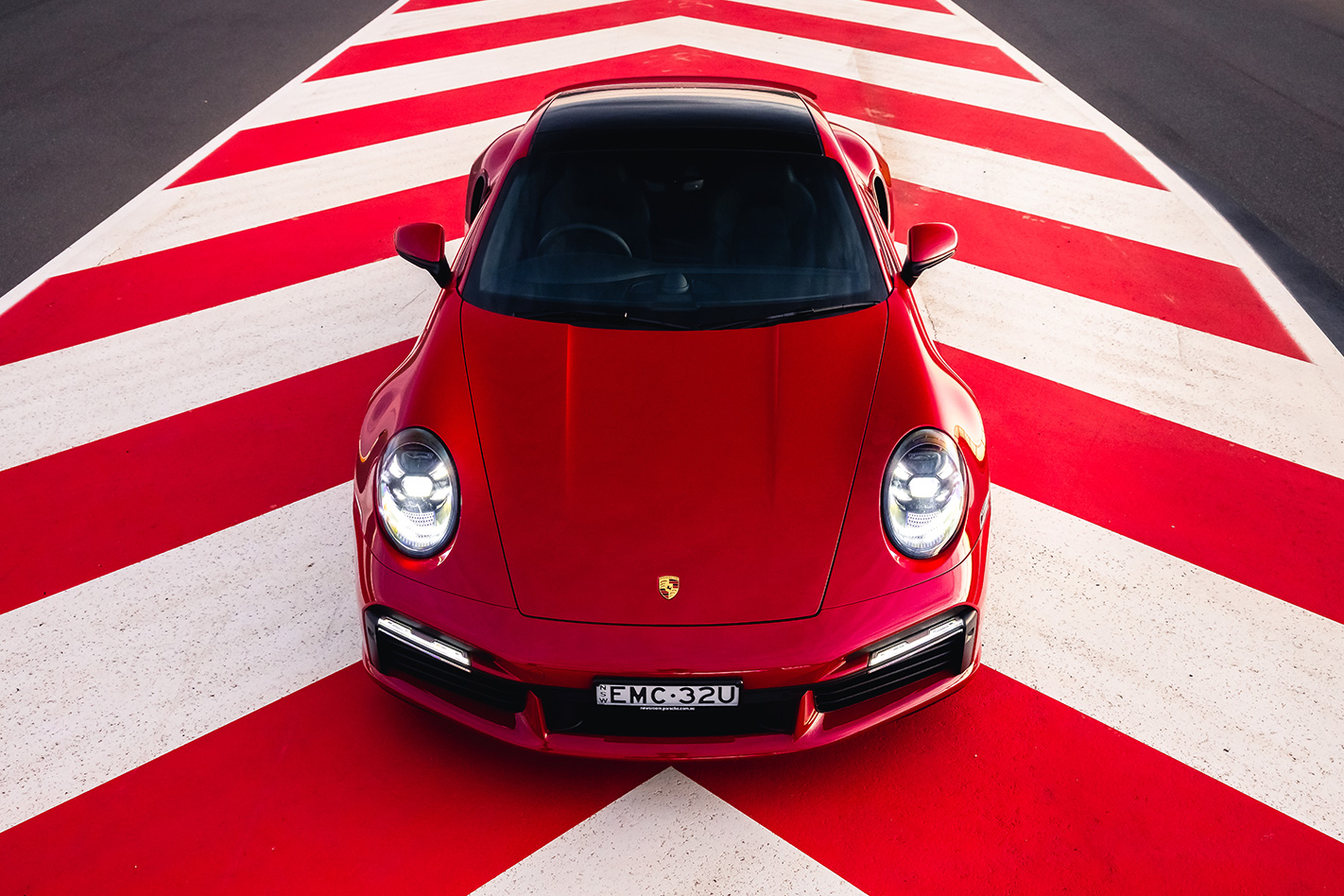
The subtle shift in character is mirrored in Porsche’s choice of launch venue. Australian 911 Turbo launches used to happen in the Northern Territory, but while the introduction of outback speed limits has as much to do with the shift to a racetrack as anything, it does put the cars under greater dynamic scrutiny.

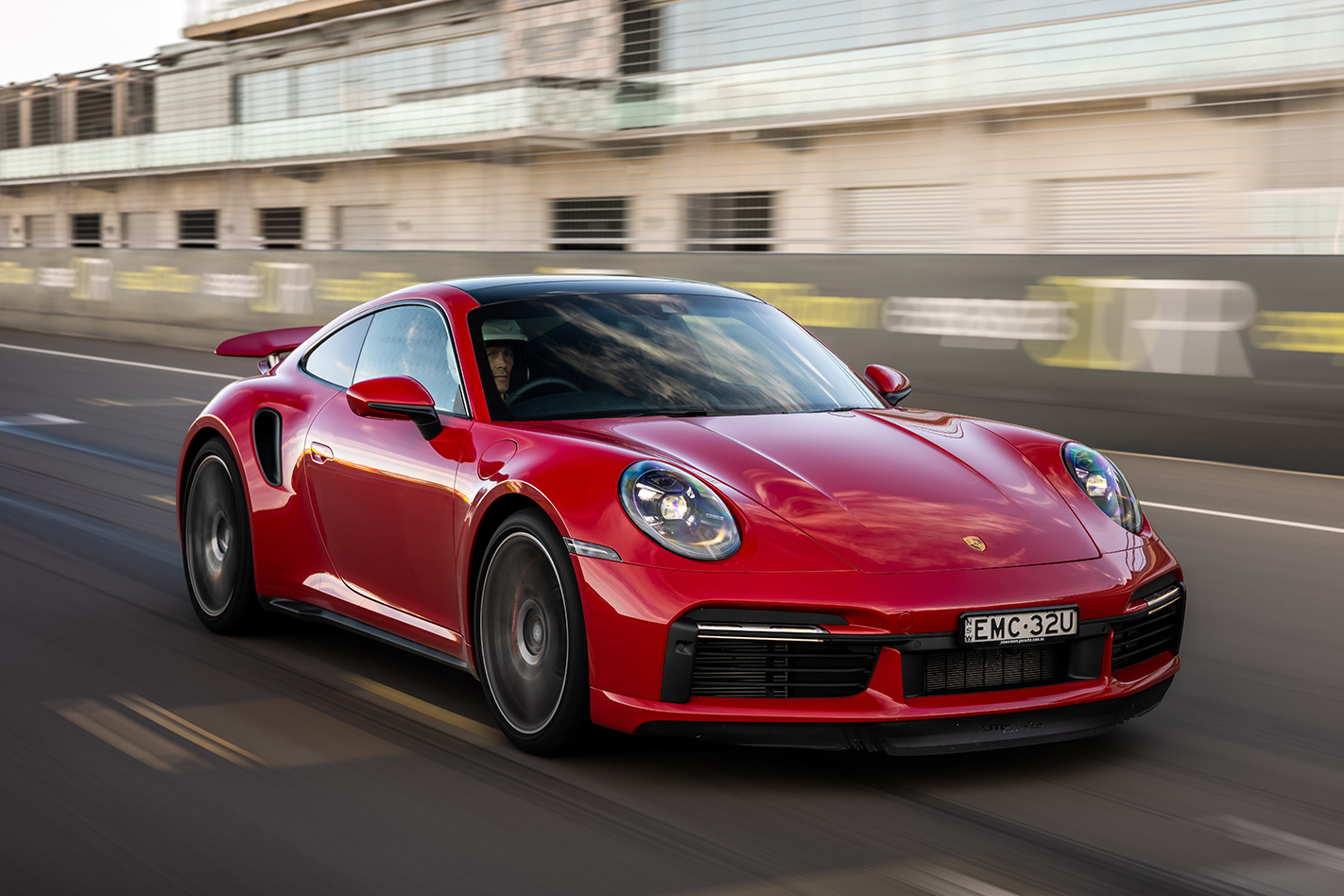
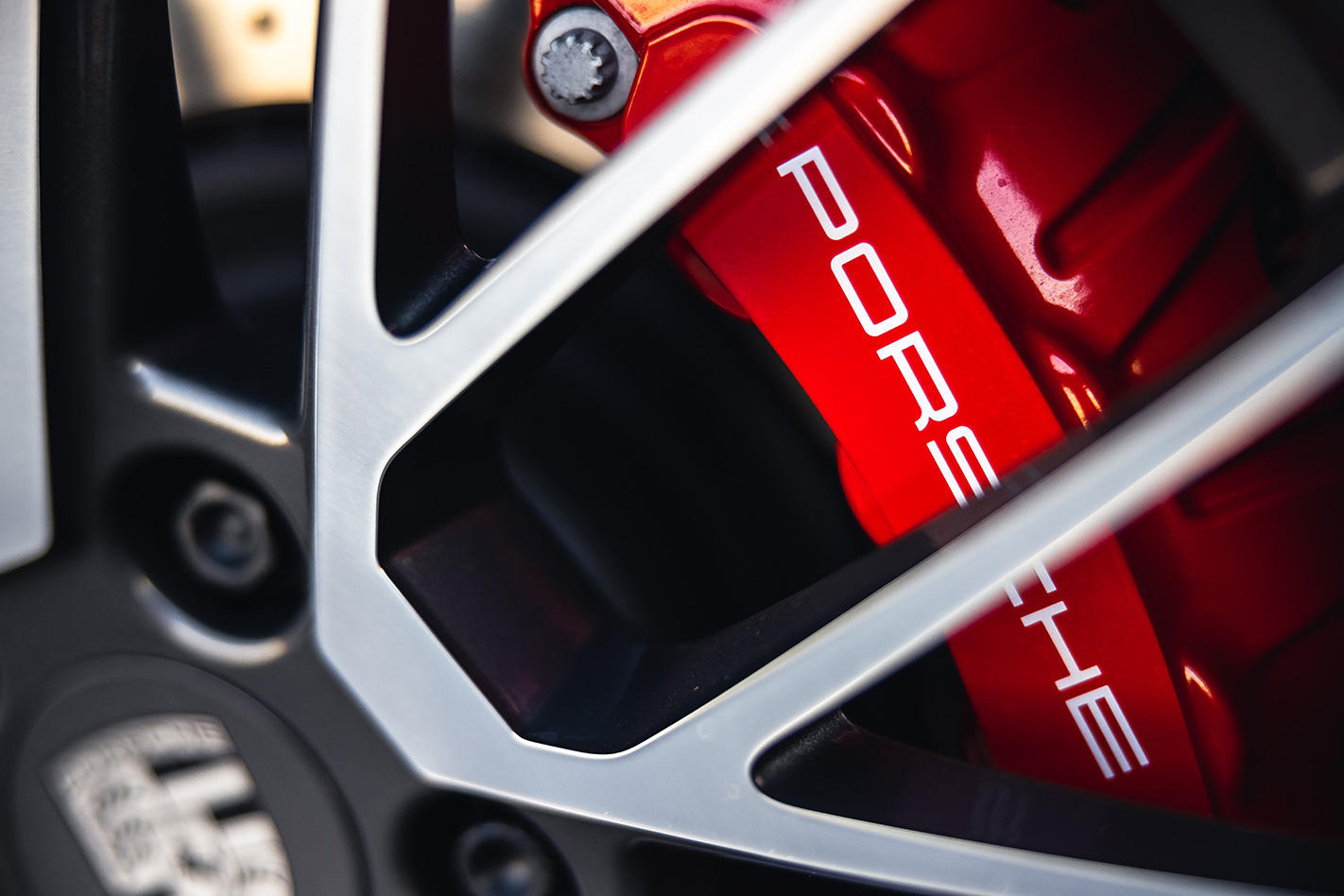
Consider that the 911 Turbo Coupe now starts from $396,500 before options and on-roads and your driveaway price is likely to be north of $500,000. Then again, there is virtually nothing to criticise, in a circuit environment at least.
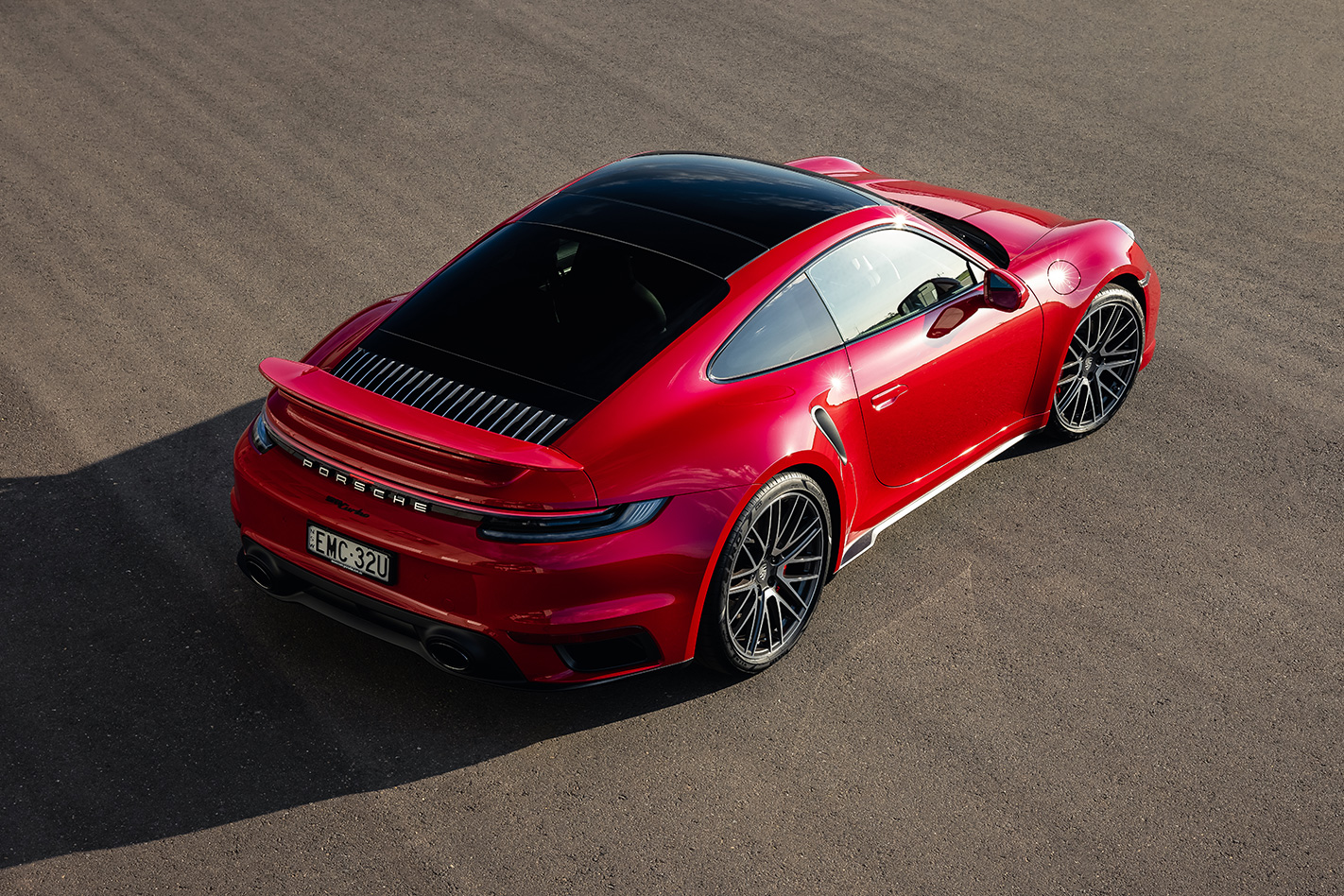
Nevertheless, the fact that this ‘luxury’, grand touring 911 can so comprehensively tear apart a racetrack is a remarkable achievement.Verdict: 9.5/10Likes: ludicrous performance; brilliant driving engagement; staminaDislikes: heavy; massive fuel thirst on track; options pricingSpecifications Body: 2-door, 2+2-seat coupe Drive: all-wheel Engine: 3745cc flat-6cyl, DOHC, 24v, twin-turbo Bore/stroke: 102.0 x 76.4mm Compression: 8.7:1 Power: 427kW @ 6500rpm Torque: 750Nm @ 2250-4500rpm 0-100km/h: 2.8sec (tested) Top Speed: 320km/h (claimed) Weight: 1640kg Power/weight: 260kW/tonne Transmission: 8-speed dual-clutch Suspension: struts, coil springs, adaptive dampers, anti-roll bar (f); multi-links, steel springs, adaptive dampers, anti-roll bar (r) L/W/H: 4535/1900/1303mm Wheelbase: 2450mm Tracks: 1583/1600mm (f/r) Steering: electrically assisted rack-and-pinion; rear-wheel steering Brakes: 408mm ventilated/drilled discs, 6-piston calipers (f); 380mm ventilated/drilled discs, 4-piston calipers (r) Wheels: 20 x 9.0-inch (f); 21 x 11.5-inch (r) Tyres: 255/35 ZR20 (f); 315/30 ZR21 (r) Price: $396,500
We recommend
-
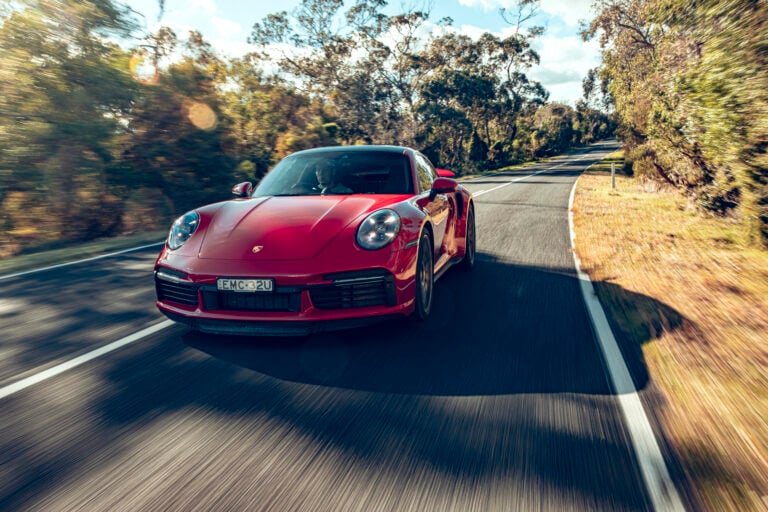 Features
FeaturesIs the Porsche 911 Turbo the penultimate driving machine?
It’s Porsche versus Prom on one of Australia’s most stunning and temporarily deserted roads
-
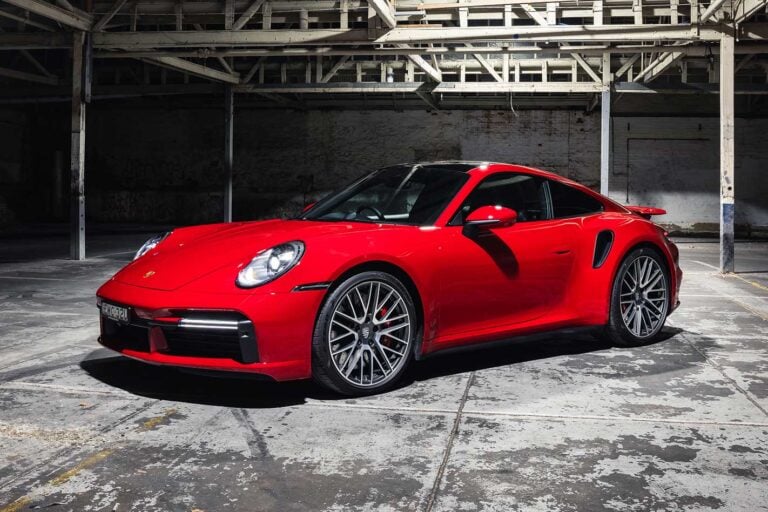 News
News2021 Porsche 911 Turbo pricing – and now it's a record setter!
Local details for Porsche's all-weather missile were revealed in April, and it's wasted no time in breaking records






